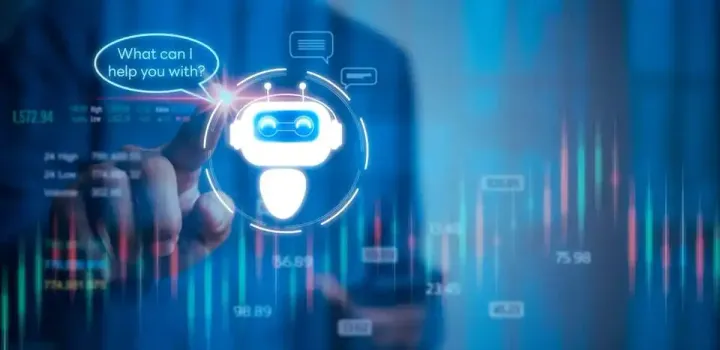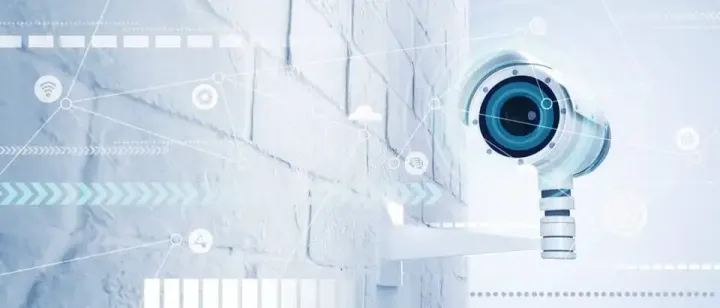Commercial Robotic Dogs and their Worth in the Market
It's undeniable that robotic dogs are becoming increasingly popular. Stories of robot dogs would pop up on the internet now and then. There's a company for every type of robotic dog you could hope for – from suppliers to border patrol. We've discussed the top 14 in this blog, so keep reading!
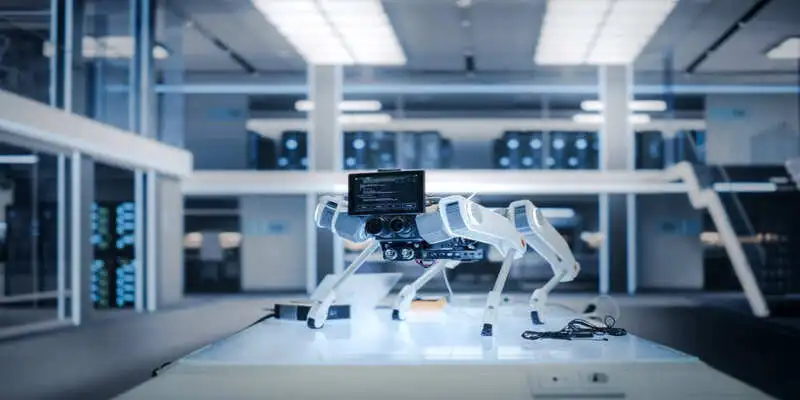
The market for four-legged robots is becoming more competitive. Boston Dynamics has been working on the 70-pound Spot robot in the US for about ten years. MIT has also been constructing a little; four-legged robot nearby called a "mini cheetah." While Anybotics, a Swiss company, produces a four-legged robot, Anymal, for business clients, Ghost Robotics in Philadelphia creates robots for military uses. Chinese firms, including Deep Robotics, Weilan, and Unitree Robotics, are all developing their versions of the technology, though the latter two are concentrating at least partly on the personal robotics industry.
Allied Market Research estimates that the global market for inspection robotic dogs earned $940 million in revenue in 2020 and will approach $14 billion by 2030.
All these robots can be controlled manually with a controller or have their pathways preprogrammed so they may follow them independently, freeing human personnel to work on more challenging duties.
The researchers, Daniel Hafner, Alejandro Escontrela, and Philipp Wu, claim that transferring methods learned in simulation to the real world is more complex in a study posted on the arXiv preprint service. Young robots might make mistakes due to little features and disparities between the real world and simulation. However, it is impractical to train algorithms in the actual world. It would require too much time and effort.
For instance, OpenAI demonstrated a robotic hand that could operate a cube four years ago. In a simulation running on 6,144 CPUs and 8 Nvidia V100 GPUs, the control algorithm, Dactyl, required almost 100 years of expertise to complete this relatively easy task. Since then, progress has been made, but the issue mainly persists. Pure reinforced learning algorithms can only acquire skills in the actual world if they require more experimentation and error. Said that learning would destroy researchers and machines before any real advancement could be made.
The Berkeley team used the Dreamer algorithm to attempt to resolve this issue. Dreamer can forecast the likelihood that future action will succeed by building a "world model." Its projections get more precise with practice.
The world model makes it possible for the artificial intelligence dog robot to identify more quickly what works by pre-filtering out fewer effective behaviors.
“Learning world models from past experience enables robots to imagine the future outcomes of potential actions, reducing the amount of trial and error in the real environment needed to learn successful behaviors,” the researchers write. “By predicting future outcomes, world models allow for planning and behavior learning given only small amounts of real-world interaction.”
A world model can decrease the time it takes to train to the comparable difficult hours in the actual world.
The strategy could be more applicable than just robotic dogs. The scientists also used Dreamer on a wheeled robot and a robotic arm that can select and position objects. They discovered that Dreamer, in both instances, effectively taught their robots the necessary abilities without the need for simulation time. Future uses that are more ambitious may involve self-driving autos.
Of course, there are still issues to go with. Reinforcement learning automates part of the laborious hand-coding that goes into creating even the most sophisticated robots of today, but engineers still need to define what success looks like for a robot in real-world settings.
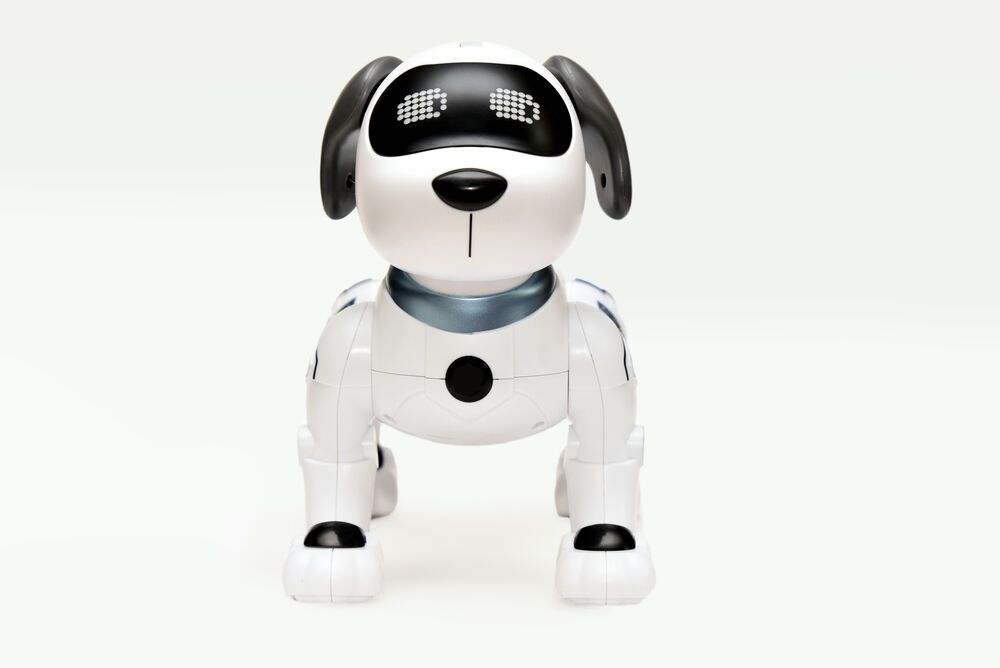
Even though the robotic dogs survived the team's studies in this location, future bots may find that lengthier training on more difficult abilities is too much for them to do without suffering damage. Combining simulator training with quick real-world learning may be beneficial.
Let's look at the fourteen scenarios where artificial intelligence robot dogs are already making an impact on society:
1. Inspection Robotic Dogs
The most common and well-researched usage of legged robots is probably remote inspection with artificially intelligent canines. Due to their propensity for navigating irregular terrain and chaotic environments, these robots have been shown to be quite useful for inspecting or appraising dangerous or tiresome places. Examples include inspecting buildings for gas leaks and assessing nuclear power plants for pollution.
SpaceX has already employed quadruped robots, which attracted some media interest. A four-legged "robot dog" was observed approaching the debris after one of their Starship prototypes was destroyed after an aborted landing.
Formant has been working with BP to assist in launching their automated inspection program by making it simple to control and monitor their quadruped robots remotely.
2. Green Robots
Green technology requires upkeep and assessment, but can you fathom the difficulty of examining every screw on a wind turbine?
Fortunately, a brand-new robot dog AI initiative has created a six-legged robot to work in our place. According to Marine Technology News, the robot can independently examine the bolts, eliminating the need for people to loosen and tighten them.
3. Robots for Farming
US startup Verdant Robotics has created a robot for farmers. In addition to collecting information on the entire farm down to the plant level, the technology can weed, fertilize, and combat disease in crops. Its creators claim that their "precision agriculture" concept will reduce the need for pesticides. The business just raised close to $50 million in the capital.
Green technology requires upkeep and inspection, but can you fathom the difficulty of examining every screw on a wind turbine?
Fortunately, a brand-new initiative has created a six-legged robot to work in our place. According to Marine Technology News, the robot can independently examine the bolts, eliminating the need for people to loosen and tighten them.
The ultra-precision spraying platform from Verdant is available right now, bringing additional value while working more efficiently. Growers can prosper as we implement this revolutionary technology together because of the continued backing from our investors, according to Gabe Sibley, Ph.D., co-founder, and CEO of Verdant Robotics.
4. Workplace Automation
Other forms of automation, in addition to specialized robotic dogs like these, are altering the nature of employment.
The World Economic Forum estimates that as automation progresses, 97 million new positions might be created by 2025. This number exceeds the 85 million jobs estimated to be lost to technology globally.
Automation specialist Pascal Bornet writes in a blog post for the Forum that clever automation will free humans to focus on more creative tasks.
“It helps employees to do work faster, better, but also to have more time to focus on what really matters.”
5. Construction (Surveying)
Construction sites are at the top of the list regarding unpredictable, unstructured, and multi-level work environments. Because of this, a range of applications for our four-legged robotic dogs is already being used in the construction industry. One of these applications involves monitoring and surveying.
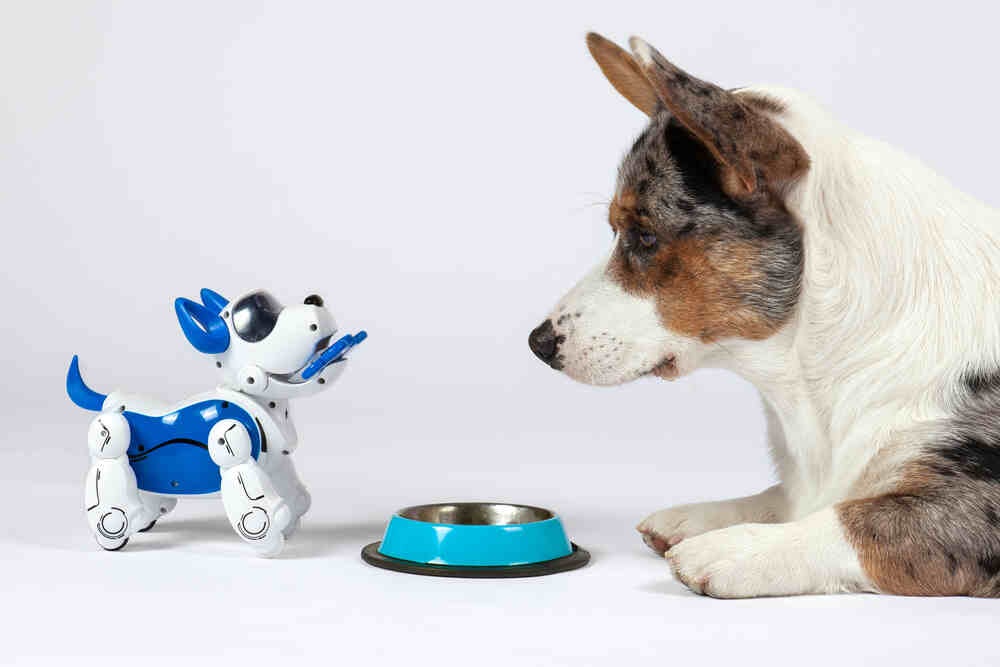
6. Delivery
Traditional, wheeled mobile robots are already gaining economic traction, particularly as delivery options for e-commerce. They are having great success moving things along planned, paved highways and similarly organized areas. However, these bots need to prepare for complicated, unexpected, and unstructured situations.
Due to these restrictions, the robotics industry has created quadruped robots. Legged robotic dogs are excellent autonomous pack mules because they can move objects in over-complicated, unstructured settings. They can carry parts across factories, transport payloads between buildings, and negotiate challenging, frequently hazardous construction sites. These four-legged robots are taking on increasingly repetitive, taxing, and dangerous tasks to prevent injuries and boost productivity.
7. Robotic Security Dog
Legged robots have already been put to good use by security companies in several ways. The usage of limber robots as "automatic security guards" is one such use. The legged robotic dogs may patrol indoor or outdoor spaces using lidar, cameras, and other sensors and notify authorities if an intruder is found. Another great illustration of the perfect setting for legged robots is construction sites. Legged robots are the ideal security solution to deter theft, given the uneven, multi-level terrain and costly instruments and raw materials that must be left out overnight.
8. The Impact of Robot AI Dog on the Military
By keeping soldiers out of harm's path, automation is having a beneficial impact on the military. The robotic military dog is only one of many examples that demonstrate this. Personnel can only perform surveillance through the Q-UGV without being near the risk.
Autonomous robots time has come, and so far, their use has been beneficial. Special protection is permitted, and it gives the military hitherto unheard-of powers. If all goes well, military personnel may anticipate soon seeing military robot dogs on active sites. The military dog robot is only the start of the automated processes in the military.
What Is a Military Robot Dog, exactly?
Robot dogs with artificial intelligence in the latest prototypes from Ghost Robotics and Immersive Wisdom feature several cameras, sensors, and the capacity to traverse uneven terrain. The Q-UGV has several essential characteristics, including its weight, around 45.4 kg. The Q-UGV can also be swiftly constructed and dismantled, having a top speed of 3 m/s, can go 12.6 km and has a maximum power runtime of 3 hours.
Capabilities of QUVG
Personnel can profit from a military dog robot by remaining safe. Military personnel will be able to control it remotely by using the Q-UGV. Robotic AI dogs will also provide military capabilities that have never been employed before.
Semi-autonomous advanced robot dog has a cutting-edge sensor package that contributes to a "notable advantage" for base security. Its goal is to reduce human exposure to risk.
The platform can go great distances and patrol the perimeter of a military facility while scanning the surroundings with several cameras and improving monitoring. The robotic dogs can also securely transmit data to the Security Forces Squadron.
“This is the type of change that we should all strive for,” 142nd Security Forces Commander Lt. Col. Ryan Barton explained. “Maybe not a robot dog, but to find things that humans don’t necessarily have to do, or don’t do well and incorporate technology or some version of innovation to free up the manpower while also enhancing capability.”
To further secure troops and military equipment, the PANGB intends to deploy two additional QUGVs.
How Much Would an Advanced AI Robot Dog Cost?
It is no surprise that the military dog bots are expensive, given their sophisticated skills. For instance, Spot costs about $74,500.
The Q-UGV is substantially more costly than Spot, costing up to $150,000. Dogs made by Ghost Robotics include sophisticated sensors and other add-ons that raise the cost. To install the Q-UGV across several bases, Ghost Robotics should lower the cost to that of Boston Dynamics.
9. Soft Robotic Dogs for Confined Spaces
Robots come in a variety of sizes and forms. According to the New Scientist, a robot constructed of slime is being put to new purposes by researchers at the Chinese University of Hong Kong.
The robot is compared to custard in consistency. However, magnetic particles that can be manipulated and controlled by outside magnets have been added to the mixture. The slime's softness allows it to fit through 1.5mm-diameter openings and wrap around solid objects to grab them.
According to the researchers' claims in the journal Advanced Functional Materials, the slime may restore circuits in machines. The slime may "swallow and carry toxic items" in people, such as an accidentally swallowed hazardous object.
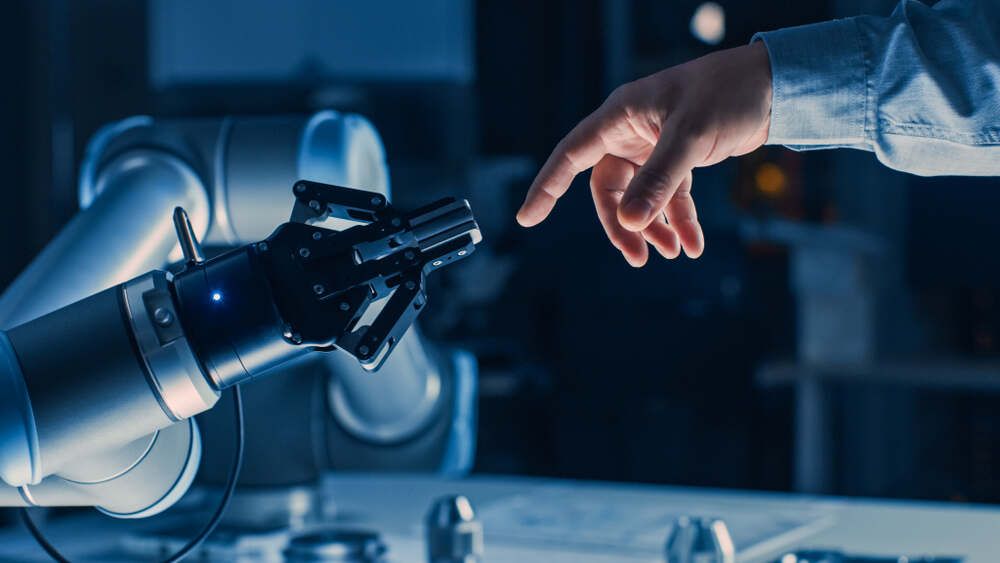
10. Legal Action Bots: The most Advanced AI Robot
As an alternative, legged best robot dogs can be employed in counterterrorism and law enforcement operations. For negotiating potentially hazardous circumstances, like a bomb scare, quadrupeds are good tools. Imagine a suspicious package that is thought to contain an incendiary device left in a public area. A legged robot could be used to investigate the box, report its contents, and transport the object to a less dangerous place rather than endangering the lives of law enforcement officers.
Quadrupeds may (and have) also been employed in hostage situations to enter and evaluate the surroundings and situation before cops intervene. While most of the world's roads are unpaved and sometimes chaotic, typical mobile robots are more efficient on surfaced ones.
11. Automated Social Care
The application of robots and AI in social care settings is an essential topic of focus in Scotland. At the National Robotarium, a brand-new hub for robotics and AI, an assisted living lab designed to resemble a real house has been constructed.
Local scientists use robotics, AI, and sensor technologies to do tasks, including long-term health status monitoring. Making phone calls, turning on lights, unlocking doors, and watching TV are all things that technology may assist with.
The goal is to increase people's level of independence while simultaneously providing caregivers a break. According to National Robotarium, Scotland has 1.1 million unpaid caretakers, and a quarter of them claim they last had a vacation in less than five years.
12. Rescue and Search Dog Robot
Earthquakes, storms, and flooding are becoming increasingly dangerous to our daily lives as natural catastrophes spread over the globe. The search and rescue of survivors is frequently the top priority after such catastrophes. Robots are proven to be incredibly effective complements to human efforts in these desperate circumstances. Quadrupeds are suitable instruments for situational awareness, mapping detritus, and helping to bring context to locations where it was previously very challenging. They work well in tandem with other types of robots, like drones. All search and rescue operations are time-sensitive, and these robots can speed up these procedures and eventually save lives.
Search and rescue operations can be hazardous and are frequently concentrated in sizable, erratic outdoor areas.
They are excellent at traversing these search and rescue areas for the same reason quadrupeds successfully build projects.
But there are still restrictions. They still need to get better at locating and isolating items in these settings, and battery life problems make it difficult for them to work in the field for long periods. Nevertheless, you can be sure that engineers and roboticists from all over the world are persistently trying to find solutions to these problems.

13. Automated Delivery
A Swiss-Mile business in Zurich, Switzerland, has created robotic dogs with four wheels that may speed up the delivery of products in cities. The "humanoid-quadruped transformer" can drive itself around, climbing stairs and standing on its two rear wheels. It allows it to summon an elevator and, according to the business, "in the future, grab parcels and unlock doors."
Delivery trucks frequently become backed up in traffic as they approach their destination. The goal is to use the robot to tackle these “last mile” delivery issues expeditiously and efficiently.
Human-Robot Collaboration as Robotic Dogs
These robots already have highly developed autonomous systems and are constantly improving. But these quadruped robots still need human supervision and input in almost every application. Sensors may malfunction, topography or obstructions may mislead object identification systems, and unanticipated issues may develop that need a human perspective. But forcing one of these "robo-dogs" to be walked on a leash would be counterproductive.
The capacity to monitor and operate these robotic dogs in real time is crucial for their development, as remote teleoperation is a vital factor in making quadruped robotics operationally and commercially viable. To be efficient and save money, one person must be able to supervise several robots at once. Businesses may increase operations and achieve positive unit economics by adopting a robot operations platform to lower the total human-to-robot ratio.


